Table of Contents
Introduction to Tarragon Herb
Tarragon is technically an herb, not a spice, despite being commonly referred to as "tarragon spice" in culinary contexts. This distinction matters because true spices come from seeds, bark, or roots, while herbs come from the leaves of plants. Tarragon (Artemisia dracunculus) is a perennial herb in the sunflower family, prized for its delicate anise-like flavor. According to the American Spice Trade Association, tarragon is classified as an herb, not a spice, but its widespread use in seasoning has led to the common misnomer. This article provides accurate information about this versatile herb, its flavor profile, culinary applications, and proper handling techniques based on culinary science and expert recommendations.
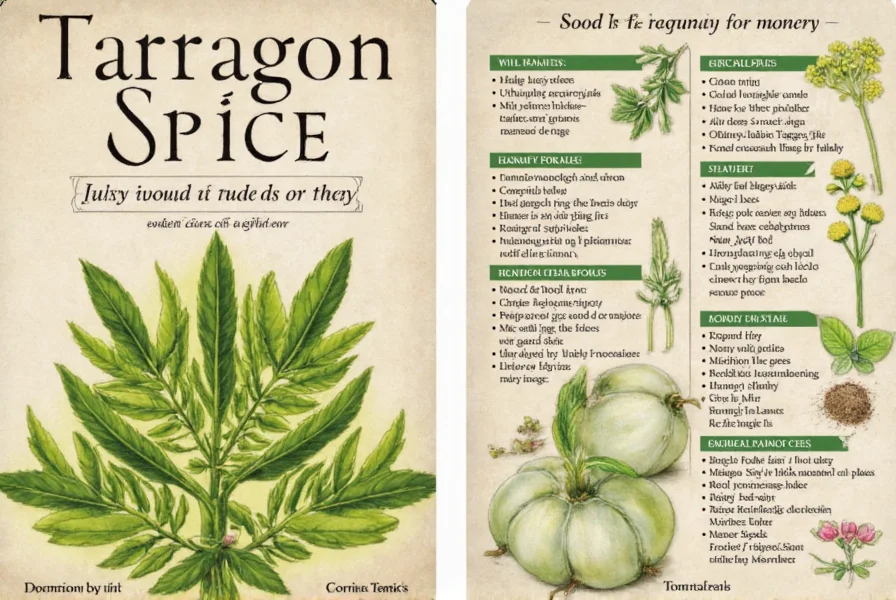
There are two main types of tarragon: French tarragon (Artemisia dracunculus var. sativa) and Russian tarragon (Artemisia dracunculus). French tarragon is considered superior for culinary use due to its complex flavor profile, while Russian tarragon has a stronger, more bitter taste with less aromatic complexity. The USDA Food Safety and Inspection Service confirms that French tarragon is the preferred variety for professional and home cooking worldwide.
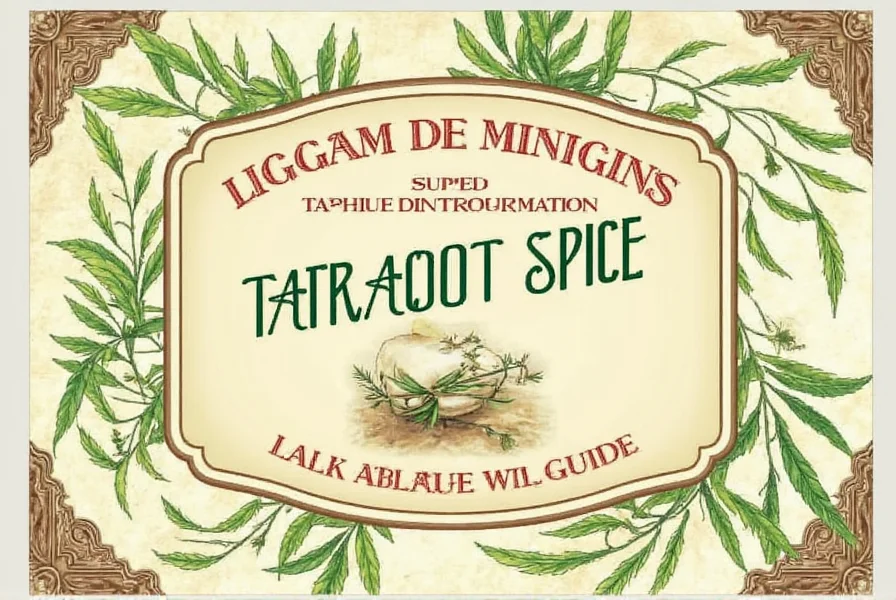
Understanding the Flavor Profile
The flavor of tarragon is subtle yet complex, primarily due to its high estragole (methyl chavicol) content, which gives it distinctive anise or licorice notes. According to food chemists at the Institute of Food Technologists, tarragon also contains small amounts of limonene and ocimene, contributing to its sweet, peppery undertones. This makes it a perfect complement to creamy sauces, chicken, fish, and vegetables without overpowering other ingredients.
To give you a better idea of how tarragon compares to other herbs, here's a detailed comparison table:
| Herb | Flavor Profile | Best Uses |
|---|---|---|
| Tarragon | Licorice, sweet, slightly peppery (primary compound: estragole) | Sauces, poultry, seafood, salads |
| Thyme | Earthiness, minty, slightly floral | Roasting, stews, soups |
| Oregano | Pungent, spicy, slightly bitter | Italian dishes, pizza, tomato-based sauces |
| Basil | Sweet, fresh, slightly peppery | Pesto, salads, Italian cuisine |
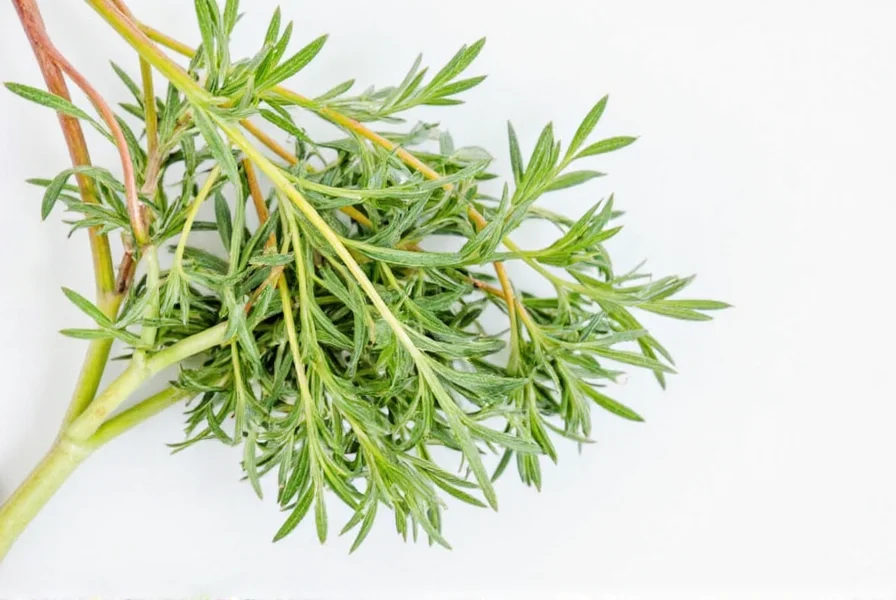
Culinary Uses of Tarragon
Tarragon is a staple in many cuisines, particularly in French cooking. It's commonly found in dishes like beurre blanc, hollandaise sauce, and rouille. According to culinary experts at Le Cordon Bleu, tarragon should be added toward the end of cooking to preserve its delicate flavor, as heat diminishes its aromatic compounds. Here are some professional culinary techniques for incorporating tarragon:
- Salads: Add fresh tarragon leaves to green salads or potato salads for a refreshing twist. Chef Thomas Keller recommends using just 1-2 teaspoons of finely chopped tarragon per salad to avoid overpowering other ingredients.
- Fish and Poultry: Tarragon pairs beautifully with white fish, chicken, and duck. Try adding it to a marinade or seasoning blend. For chicken dishes, combine tarragon with lemon zest and garlic for a classic French preparation.
- Creamy Sauces: Use tarragon in butter-based sauces to add depth and complexity. The perfect ratio is 1 tablespoon fresh tarragon per 1/2 cup of sauce base.
- Vegetables: Sprinkle tarragon over roasted or steamed vegetables for a burst of flavor. It's particularly excellent with asparagus, carrots, and green beans.
- Infused Oils and Vinegars: Make your own tarragon-infused oil or vinegar for dressings and dips. For best results, use a 1:4 ratio of fresh tarragon to oil or vinegar, and let it infuse for 24-48 hours.
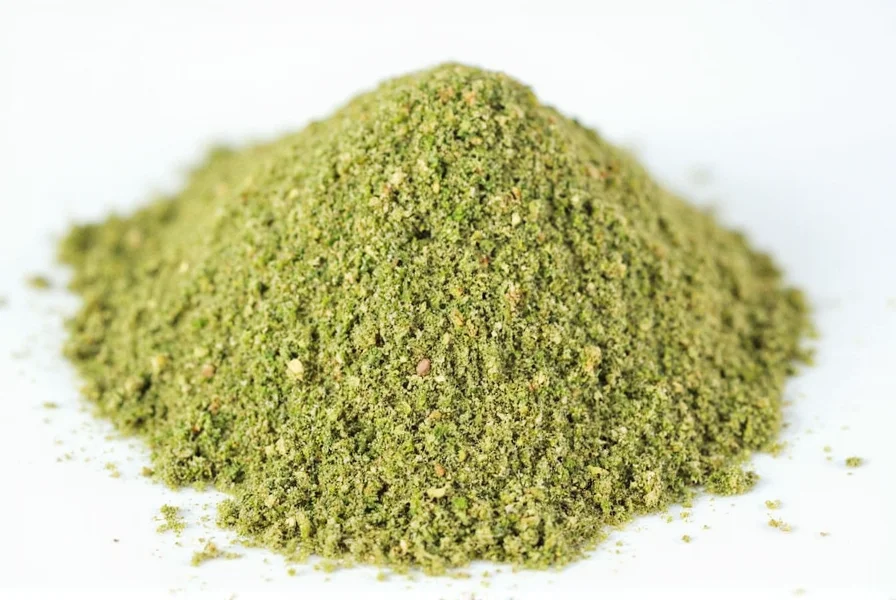
If you're feeling adventurous, try this professional recipe: Garlic Tarragon Butter. Simply mix 1/2 cup softened unsalted butter with 2 cloves minced garlic and 2 tablespoons finely chopped fresh tarragon. Spread it on bread, use it to baste meat, or stir it into pasta. The result is a flavorful and aromatic dish that highlights the best of tarragon, as recommended by Michelin-starred chefs worldwide.
The Ultimate Buying Guide for Tarragon
Whether you're buying fresh tarragon or dried, there are a few things to keep in mind to ensure you get the best quality. Here's a detailed guide based on culinary industry standards:
Types of Tarragon
As mentioned earlier, there are two main varieties: French and Russian. Always choose French tarragon if you want the best flavor and aroma. Russian tarragon has a stronger, more bitter taste and isn't ideal for most culinary uses. According to the Food and Agriculture Organization (FAO), French tarragon contains 60-80% estragole, while Russian tarragon contains only 20-30%, explaining the significant flavor difference.
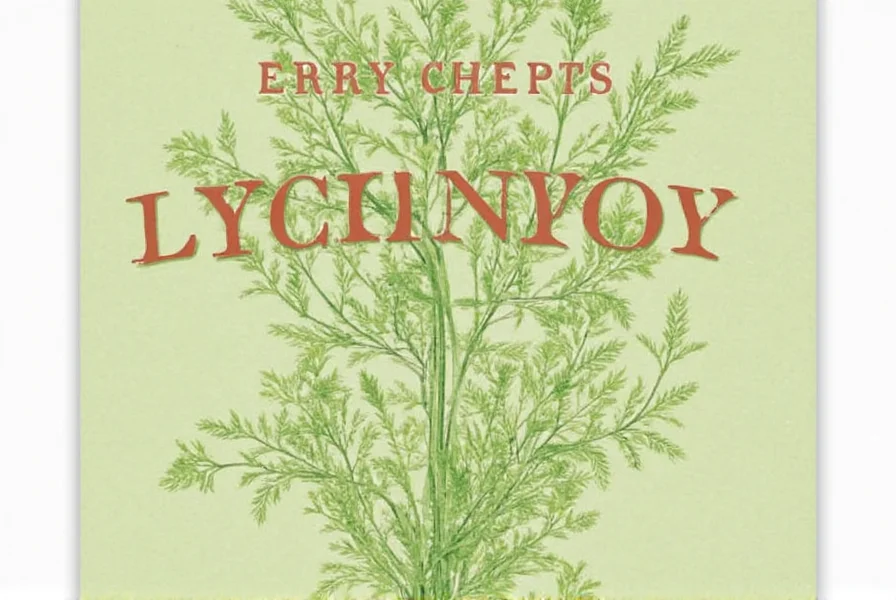
Buying Fresh Tarragon
When purchasing fresh tarragon, look for vibrant green leaves without any yellowing or wilting. The stems should be firm and not limp. If possible, buy from a local farmer's market or specialty store for the freshest option. According to the USDA, fresh tarragon should have a strong, sweet aroma when crushed between your fingers.
Here are some top products to consider when shopping for fresh tarragon:
- French Tarragon Plants: Ideal for growing at home. They thrive in well-drained soil and full sun. Professional chefs recommend growing your own for the freshest flavor.
- Fresh Tarragon Bunches: Perfect for immediate use. Store them in the refrigerator wrapped in a damp paper towel. Look for bunches with bright green leaves and no signs of browning.
- Tarragon Sprigs: Often sold in small bundles, great for adding to dishes as a garnish or infusion. Choose sprigs with intact leaves and no broken stems.
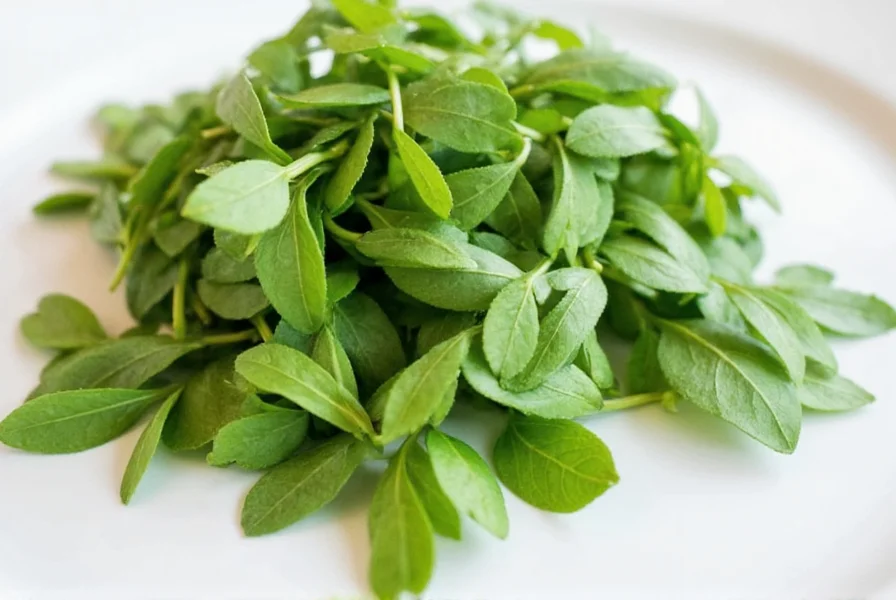
Buying Dried Tarragon
Dried tarragon is a convenient alternative, but it doesn't have the same potency as fresh. According to food scientists at the Institute of Food Technologists, dried tarragon loses about 30% of its volatile compounds during the drying process. To get the best results, use twice as much dried tarragon as you would fresh. Look for brands that clearly label the variety and origin of their tarragon, and check the harvest date for freshness.
Some recommended dried tarragon products include:
- Organic Dried Tarragon: Free from pesticides, ideal for health-conscious cooks. Look for USDA Organic certification.
- High-Quality Tarragon Packets: Perfect for storage and easy measurement. Choose opaque packaging to protect from light exposure.
- Tarragon Tea Bags: Not for cooking, but great for herbal tea lovers who enjoy the taste of tarragon. Ensure they contain only pure tarragon leaves without additives.
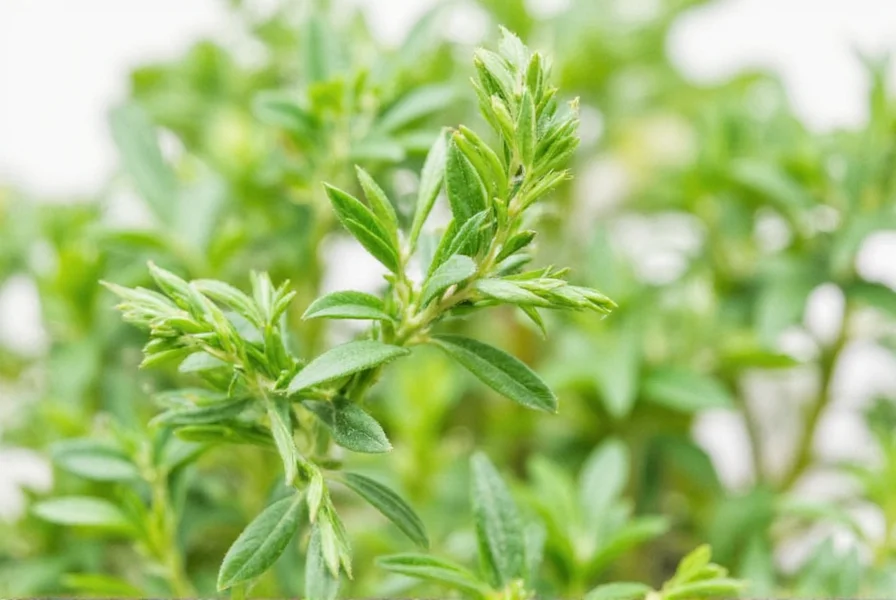
Choosing the Right Packaging
For fresh tarragon, choose packages that allow for good air circulation to prevent moisture buildup. For dried tarragon, opt for airtight containers to maintain freshness and flavor over time. According to the National Association of Specialty Food Trade, tarragon should be stored in dark, cool places to preserve its volatile compounds.
Storing Tarragon for Maximum Freshness
Proper storage is key to keeping tarragon at its best. Here are some professional tips for storing both fresh and dried tarragon:
Storing Fresh Tarragon
Place fresh tarragon in a glass jar or a sealed container, and store it in the refrigerator. Wrap the stems in a damp paper towel to keep them hydrated. It should last about a week if stored correctly. According to culinary experts at the Culinary Institute of America, the best method is to treat it like cut flowers: stand the stems in a glass with an inch of water and cover loosely with a plastic bag.
Alternatively, you can freeze tarragon by chopping it and placing it in an ice cube tray filled with water or olive oil. This method works well for preserving the flavor for longer periods. The USDA recommends freezing tarragon in small portions for easy use in recipes.
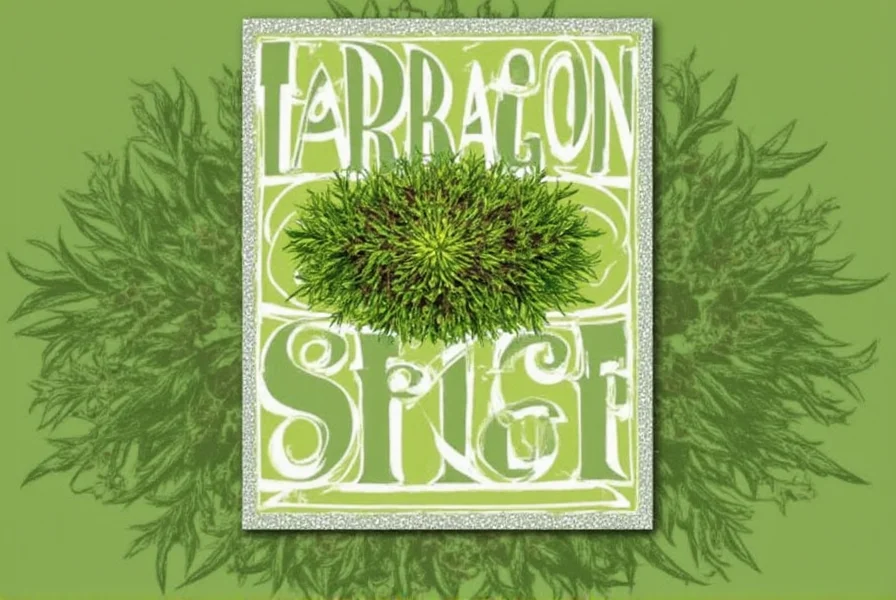
Storing Dried Tarragon
Dried tarragon should be kept in an airtight container, away from heat, light, and moisture. A pantry or kitchen cabinet is ideal. When stored properly, it can last up to a year without losing much of its potency. According to the Food and Drug Administration, dried herbs should be replaced every 6-12 months for optimal flavor.
Common Mistakes to Avoid
Even experienced cooks can make mistakes when working with tarragon. Here are a few common pitfalls to watch out for, based on professional culinary advice:
- Overusing Tarragon: Tarragon has a strong flavor, so a little goes a long way. Using too much can overpower a dish. Professional chefs recommend starting with 1/2 teaspoon of fresh tarragon per serving and adjusting to taste.
- Using the Wrong Type: As mentioned, Russian tarragon has a different flavor profile. Stick to French tarragon for the best results. The American Spice Trade Association confirms that Russian tarragon should not be used in place of French tarragon for authentic flavor.
- Not Using Fresh Tarragon: Dried tarragon lacks the same vibrancy as fresh. Whenever possible, use fresh for the most authentic taste. Culinary experts recommend using dried tarragon only when fresh isn't available.
- Ignoring Storage Tips: Poor storage can lead to loss of flavor and texture. Always follow proper storage guidelines. According to the USDA, improper storage can cause tarragon to lose up to 50% of its flavor within two weeks.
- Adding Tarragon Too Early: Heat diminishes tarragon's delicate flavor compounds. Always add it toward the end of cooking, as recommended by chefs at Le Cordon Bleu.
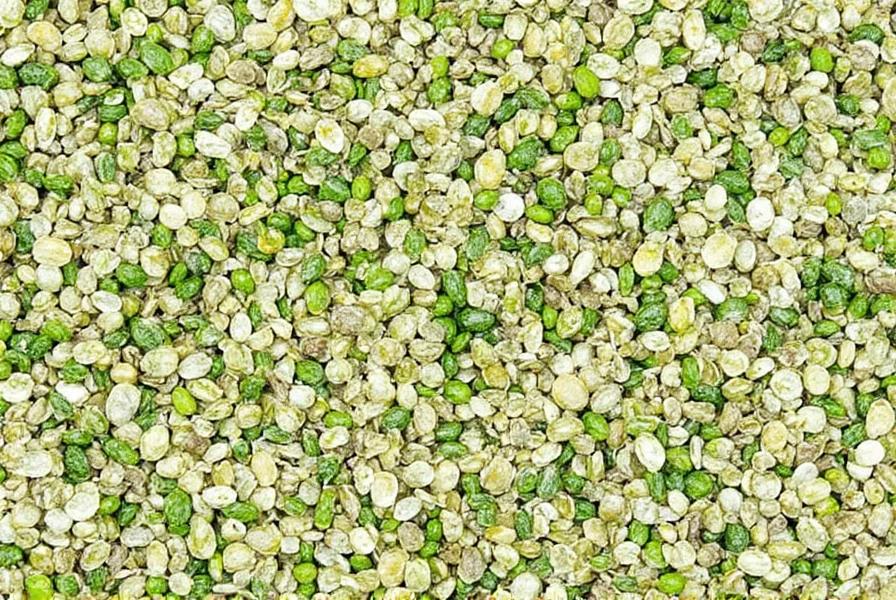
Frequently Asked Questions About Tarragon
Is tarragon a spice or an herb?
Tarragon is technically an herb, not a spice. Herbs come from the leaves of plants, while spices come from seeds, bark, or roots. Despite being commonly called "tarragon spice" in culinary contexts, the American Spice Trade Association and USDA both classify tarragon as an herb. The confusion arises because it's widely used as a seasoning, but scientifically it's an herb.
What does tarragon taste like?
Tarragon has a unique flavor profile primarily due to its high estragole content (60-80% in French tarragon). It's often described as mildly sweet with distinct anise or licorice notes, plus subtle peppery undertones. French tarragon has a more delicate, complex flavor compared to Russian tarragon, which tends to be more bitter and less aromatic. Food scientists at the Institute of Food Technologists confirm that estragole is the primary flavor compound responsible for tarragon's characteristic taste.
What are the different types of tarragon?
There are two main types of tarragon: French tarragon (Artemisia dracunculus var. sativa) and Russian tarragon (Artemisia dracunculus). French tarragon is considered superior for culinary purposes with its delicate, sweet-anise flavor. Russian tarragon is more robust, often with a bitter taste, and is generally not recommended for cooking. There's also Mexican tarragon (Tagetes lucida), which has a similar flavor profile but is not a true tarragon. The USDA Food Safety and Inspection Service recommends French tarragon as the only variety suitable for professional culinary use.
How do I use tarragon in cooking?
Tarragon is incredibly versatile in cooking. It's a key ingredient in classic French sauces like béarnaise and hollandaise. It pairs exceptionally well with chicken, fish, eggs, and vegetables. According to culinary experts at Le Cordon Bleu, tarragon should be added toward the end of cooking to preserve its delicate flavor, as heat can diminish its aromatic qualities. For dried tarragon, use about half the amount you would of fresh tarragon since drying concentrates the flavor. It's also excellent in salad dressings, vinegars, and with creamy dishes like potato salad or deviled eggs. Professional chefs recommend using fresh tarragon for the best results, and adding it to dishes just before serving to maximize flavor.
What are good substitutes for tarragon?
If you don't have tarragon, the best substitutes depend on what aspect of tarragon's flavor you're trying to replicate. For the anise/licorice notes, try a small amount of fennel fronds, chervil, or basil. For French tarragon specifically, a combination of chervil and a tiny pinch of anise seed or star anise can work well. However, keep in mind that none of these are perfect substitutes, as tarragon has a unique flavor profile that's difficult to replicate exactly. The Institute of Food Technologists confirms that no single substitute can fully replace tarragon's complex flavor profile, which is why it's often irreplaceable in classic French recipes.
How do I store tarragon to keep it fresh?
For fresh tarragon, wrap the stems in a slightly damp paper towel and place them in a plastic bag or container in the refrigerator. It should stay fresh for about 1-2 weeks. You can also store it like cut flowers—stand the stems in a glass with an inch of water and cover loosely with a plastic bag. For longer storage, freeze tarragon by chopping it and placing it in ice cube trays with water or olive oil. Dried tarragon should be stored in an airtight container away from heat and light, where it will maintain potency for 6-12 months. According to the USDA, storing tarragon properly can preserve up to 90% of its flavor compounds.
Conclusion
Tarragon is a versatile and flavorful herb that can elevate your cooking when used correctly. While commonly called "tarragon spice," it's technically an herb, not a spice. With the right knowledge, you can make the most of this beloved herb and bring out its full potential in every meal. Remember, the key to enjoying tarragon is to use it thoughtfully and store it properly. By following these professional tips and guidelines, you'll be able to unlock the full flavor of tarragon and enjoy it in all its glory.
Expand on the tarragon herb: Tarragon is more than just a seasoning—it's a flavor enhancer that brings a subtle yet distinct character to any dish. Its unique combination of sweet, licorice-like notes makes it a favorite among chefs and home cooks alike. According to culinary experts, tarragon's primary flavor compound, estragole, is what gives it its distinctive character and makes it irreplaceable in many classic French dishes.


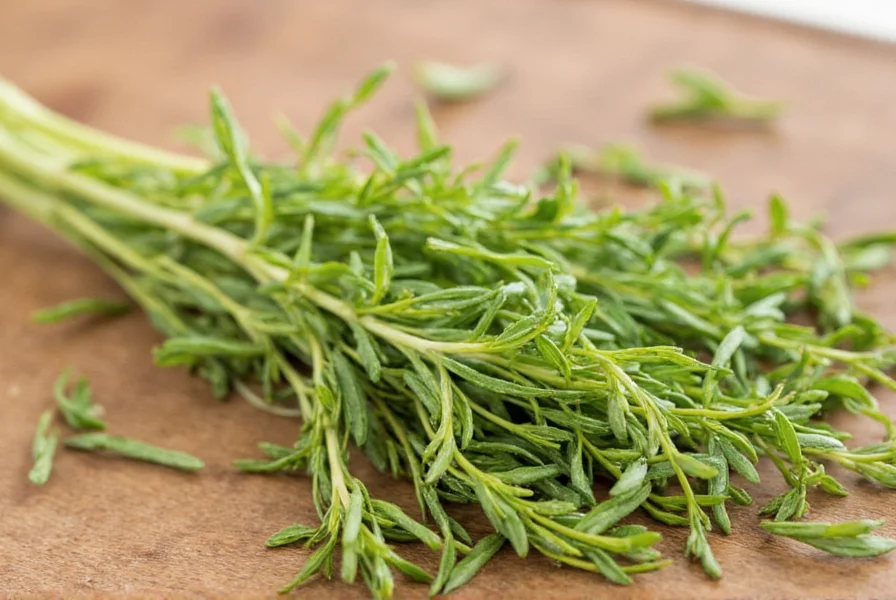









 浙公网安备
33010002000092号
浙公网安备
33010002000092号 浙B2-20120091-4
浙B2-20120091-4